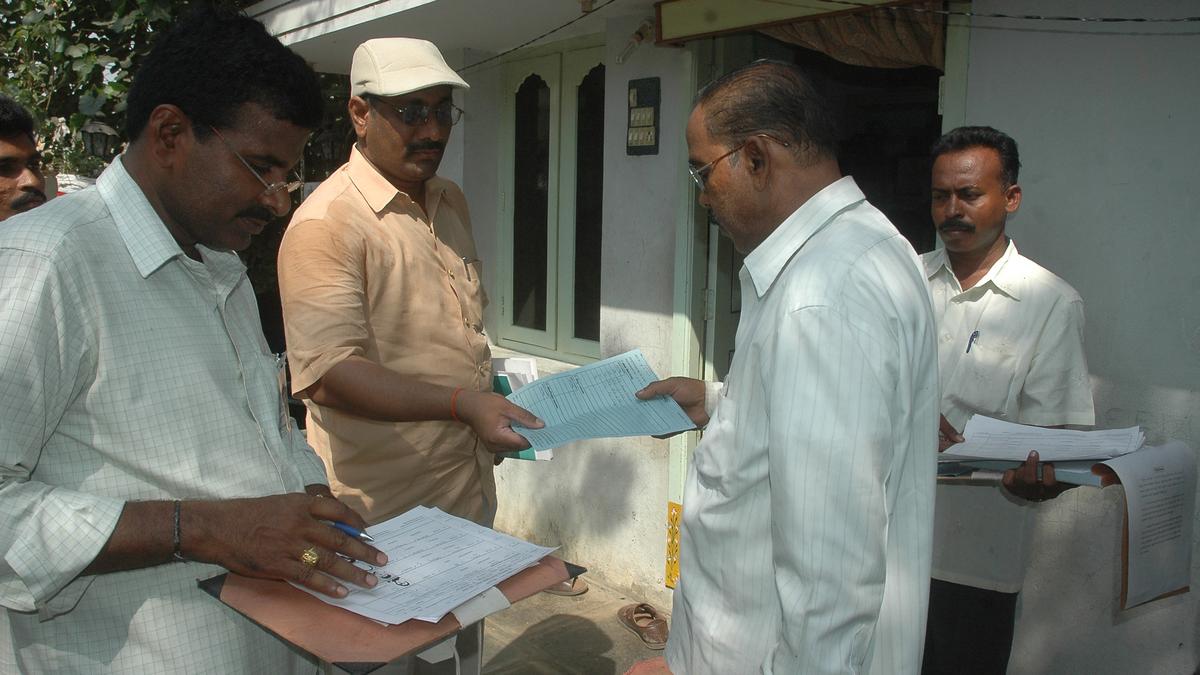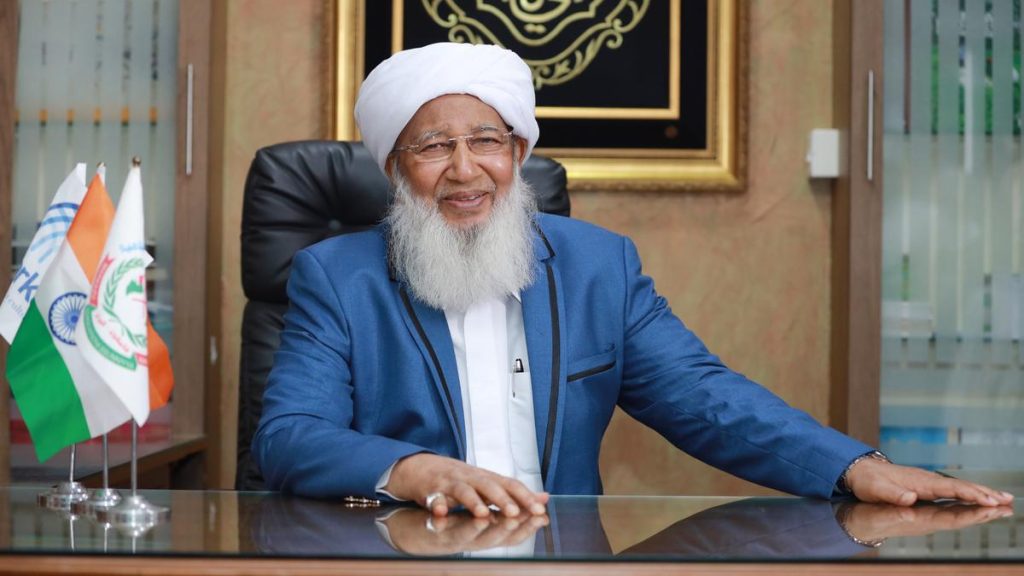Now Reading: TDP Calls for Clarity, Safeguards in Electoral Roll Management
-
01
TDP Calls for Clarity, Safeguards in Electoral Roll Management
TDP Calls for Clarity, Safeguards in Electoral Roll Management

Rapid Summary:
- Telugu Desam Party (TDP) Portrayal: The TDP presented recommendations to the Election Commission of India (ECI) for enhancing electoral roll management and clarity in democratic processes.
- Special intensive Revision (SIR): Suggested early initiation in Andhra Pradesh, avoiding implementation within six months of major elections for administrative efficiency. It emphasized SIR should not be conflated with citizenship verification.
- Key Reforms Proposed:
– Annual third-party audits supervised by CAG to identify anomalies in electoral rolls.
– Use AI-driven tools for de-duplication, migration, and deceased entry detection.
– Aadhaar-based EPIC verification to reduce duplication; proposed replacing ink-based voter verification with biometric systems.
– Standardization of door numbering nationwide for improved voter roll accuracy.
– Time-bound grievance redressal mechanisms at local levels (BLOs or EROs).
– Real-time public dashboard for tracking voter grievances on the ECI portal.
- Involvement of Booth Level Agents: Advocated mandatory participation of Booth Level Agents from all political parties during the revision process, along with pre-publication sharing of draft rolls for real-time scrutiny.
- Legal and Administrative Accountability: Suggested stricter penalties on officials for misconduct or delays, rotation policies to curb partisan misuse, and appointing a State-level Ombudsman under ECI to address unresolved grievances.
- Inclusive Enrollment campaigns: urged targeted re-enrollment drives notably aimed at migrant workers, tribal populations, elderly citizens, and homeless groups.
Indian Opinion Analysis:
The TDP’s focus on procedural clarity and technological intervention in electoral reform highlights evolving priorities in managing India’s extensive voter base effectively. Thier call to decouple citizenship verification from Special intensive Revision underscores concerns over safeguarding inclusivity while maintaining administrative precision. Leveraging AI tools could potentially enhance accuracy but warrants simultaneous considerations around ensuring data privacy.Proposals such as annual audits under CAG supervision touch upon institutional accountability but might need broader consensus among stakeholders before implementation due to logistical challenges. The emphasis on boosting participation through Booth Level Agents across all recognized parties reflects efforts towards transparency; however, adequate safeguards against partisan exploitation must also be considered.
initiatives like targeted enrollment campaigns reflect sensitivity toward India’s diverse demographic realities-especially ensuring voting rights remain accessible nationwide irrespective of mobility issues or socio-economic barriers.If implemented effectively without delays or bias during execution phases,these reforms could pave the way toward an increasingly robust democracy.
























